In March, as the coronavirus pandemic tore through the global economy like a wrecking ball,…
The flower industry is blossoming
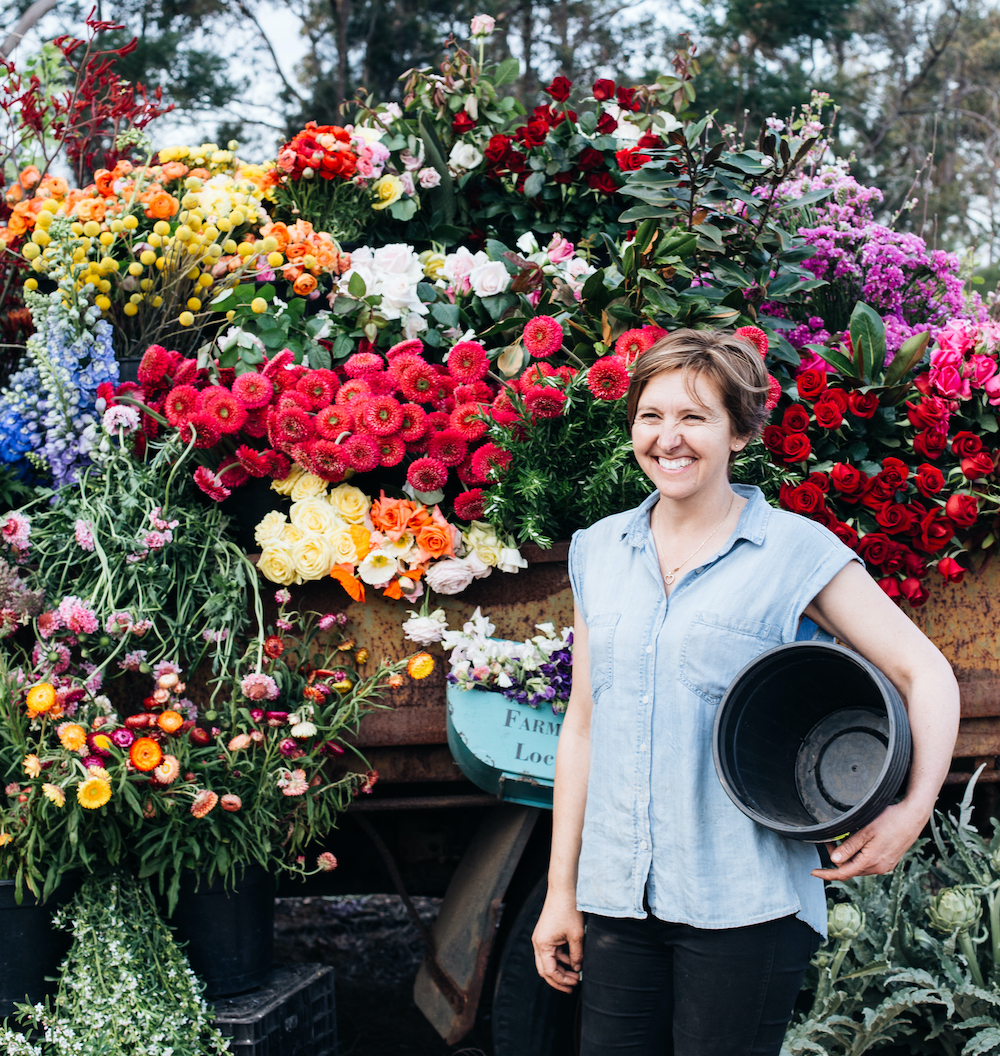
When Australians were forced to close their doors on the outside world and isolate themselves at home, the last thing most people were thinking about was treating themselves, or anyone else, to fresh cut flowers. Rice, pasta and toilet paper were all deemed essential, but as venues closed, events were cancelled and weddings and funerals were reduced to family-sized gatherings, the flower industry took a sudden nosedive.
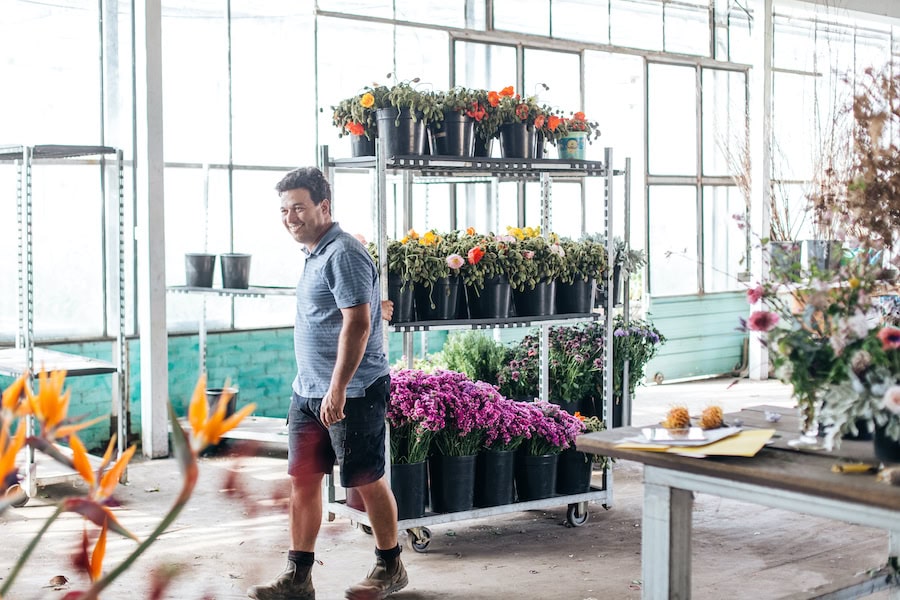
“In the initial stages of COVID-19, which was probably the first two or three weeks, local flower growers were dumping almost the entirety of their production because they just had nobody to sell anything to,” laments Salvatore (Sal) Russo, Secretary of the NSW Flowers Growers Group. “Florists, and communities generally, were gun-shy of what had actually happened and didn’t really know what to do.”
Combined with the closure of most offices and hotels, as well as the complete shutdown of the events industry, NSW flower growers were facing a grim future. And then April arrived. “There seems to have been a light switch that was turned on and suddenly there was a very distinct change in what was happening. Growers are now being able to sell all of their product and the markets are cleaning out on every occasion,” explains Russo.
The flower industry’s imported threats
To understand the flower industry’s changing fortunes we must go back 30 years to when, as Russo explains, a pivotal shift occurred. “In the early ’90s, one supplier, the Lynch Group, decided to expand flower sales into supermarkets, like Coles and Woolworths. The result was that bunch buying, which was the ‘bread and butter’ of florists was transferred to the supermarkets. That changed the entire dynamic of the flower industry in Australia.”
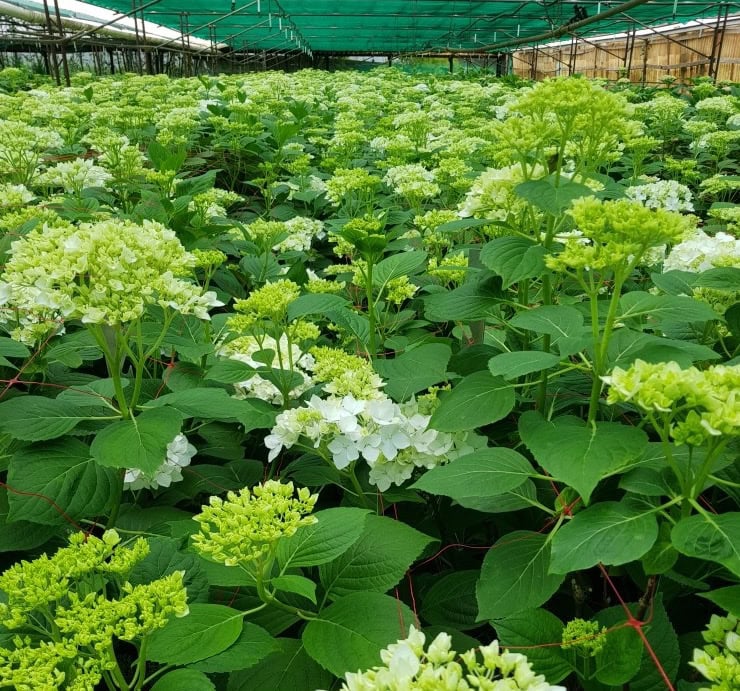
With the increased demand for varieties, such as roses, throughout the year, the Lynch Group, now the largest flower wholesaler in the southern hemisphere, began to supplement local production with imports. In the past 10 years the number of cut flower consignments arriving in Australia has increased more than threefold, from 2,231 consignments in 2009 to 7,415 consignments in 2019. With significantly lower production costs due to low wages in countries like Kenya, Malaysia and Colombia, imports have been flooding the market and local growers have had to pivot their business model or close down.
“My family changed to growing products that were not imported, so we could fill a market niche,” Russo notes of his family business that has been growing cut flowers in NSW since the 1960s. “But we’re still subject to supply and demand issues. If there’s plenty of roses or chrysanthemums around, then florists gravitate towards those types of products. So we’re still impacted by imports.”
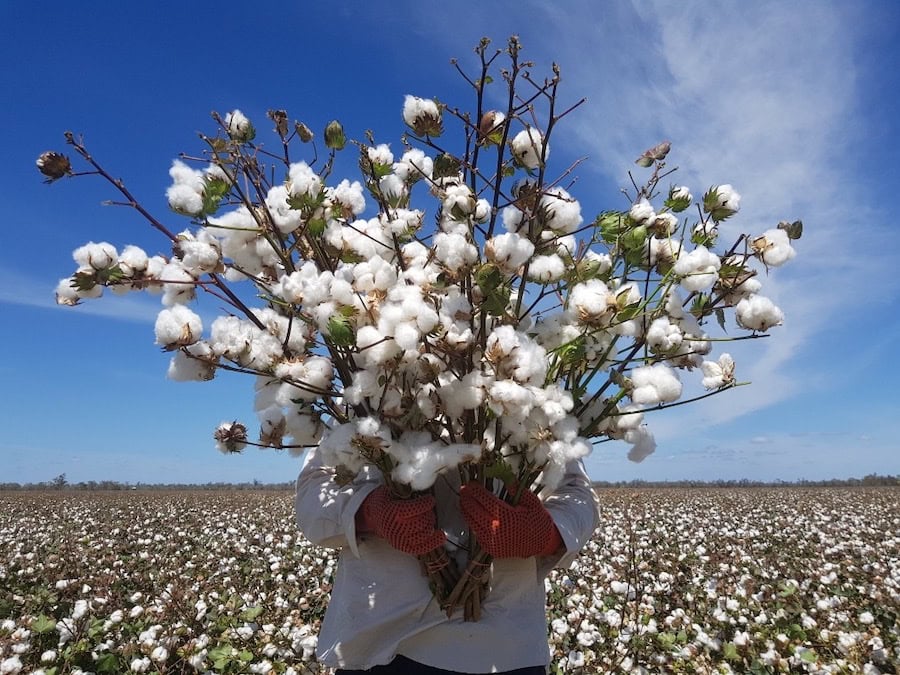
In addition to the business and financial effects of imports on the local industry, there has also been increasing concerns about biosecurity threats. Pest infestation rates on imported cut flowers have been found to be as high as 60 per cent from Kenya, and 40 per cent from Colombia and Ecuador, posing significant dangers to the Australian agriculture industry as a whole.
In March 2018 a revised Biosecurity Act committed importers to managing biosecurity risks in operating countries before shipping cut flowers to Australia. But, the industry believes this has done little to reduce infestation rates.
“In 2018 imported cut flowers were worth $75 million, or 0.4 per cent, of the imported agriculture industry,” says Ian McColl, Chair of the NSW Farmers Association’s Biosecurity Committee. “But they accounted for 23 per cent of pest interceptions at the border – that’s incredibly disproportionate. There has been a general decline in funding for biosecurity and we will not win the battle without greater collaboration between industry and government.”
One way the industry is fighting back is with new country-of-origin labelling that the NSW Flowers Growers Group has made available to growers.
“Florists and consumers are now starting to ask, where are my flowers from?” declares Russo. “So we are now organising flower growers around Australia to carry that certification mark, and with the heightened focus on supporting local businesses due to COVID-19 the long-term prospects for the flower industry are looking very positive.”
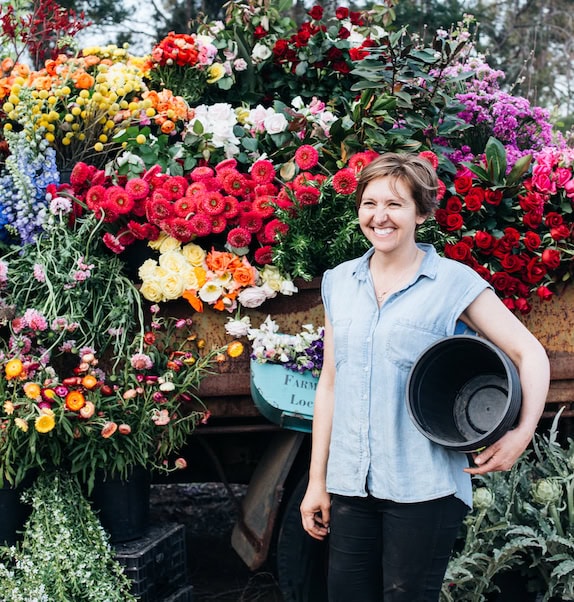
Blooming demand & balance
Ingrid Padovano has worked alongside her husband for more than 14 years as the owners and operators of Jonima Flowers located in Yanderra at the foothills of the Southern Highlands. In the last 12 months they have experienced challenges they could never have expected.
“We’ve had to deal with drought obviously, and the fires came really close so we dealt with that. We’re safe but there was a few hair raising moments,” recalls Padovano. “But that seems a lifetime ago now in comparison to where we are now. It’s changed weekly. From when COVID-19 first hit, thinking ‘Oh my God, how are we going to sell our product?’, to finding people just needed flowers. The desire to have a bunch of blooms in their home, and have some sort of connection to nature has been very strong. So there has been a huge demand for products in the past month or two.”
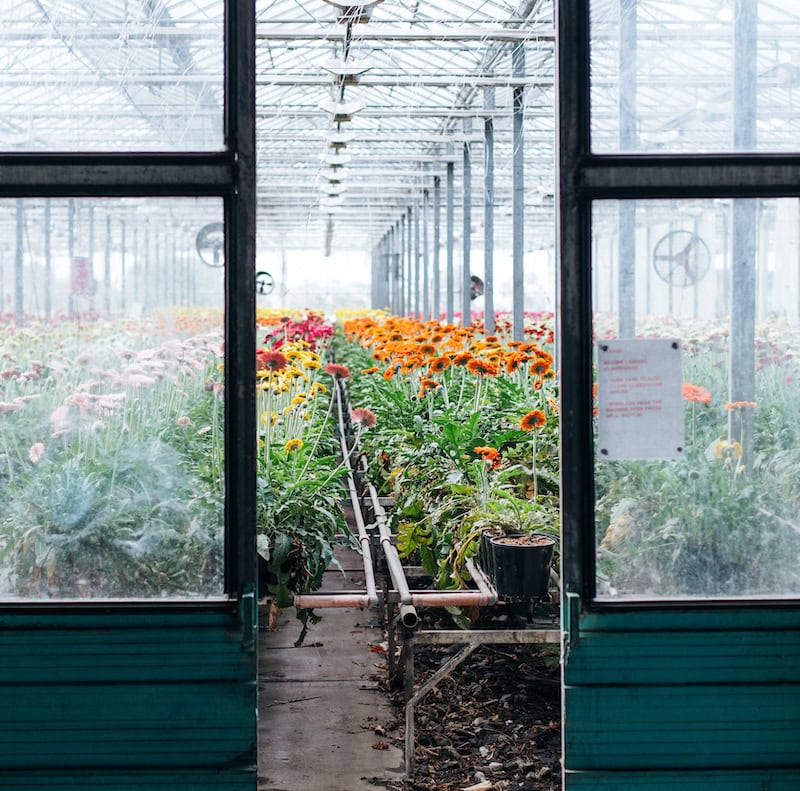
At the same time as Australians started to realise the uplifting power of having a bunch of fresh flowers in their home during isolation, or to send on to weddings and funerals they could no longer attend and elderly relatives they could no longer visit, imports started to decline due to COVID-19 restrictions. Within a matter of weeks local growers went from dumping their product to selling out completely.
“We do have florists we work with that are focused on events, so obviously there was an initial hit with that,” says Padovano. “But now we’re finding we’re in a shortage. We’ve pretty much been bombarded. With COVID-19 there was a huge demand prior to Mother’s Day, and then it’s been an unprecedented Mother’s Day that we’ve experienced. The biggest reason for that is the huge reliance on imports that are no longer coming into the country. Now we’re in a conundrum with the shortage. It’s not balanced out correctly now either.”
Previously Jonima Flowers was focused on supplying florists and selling directly to consumers at farmers’ markets, but with many of those outlets closed, and the increased demand, Padovano had to think outside the box.
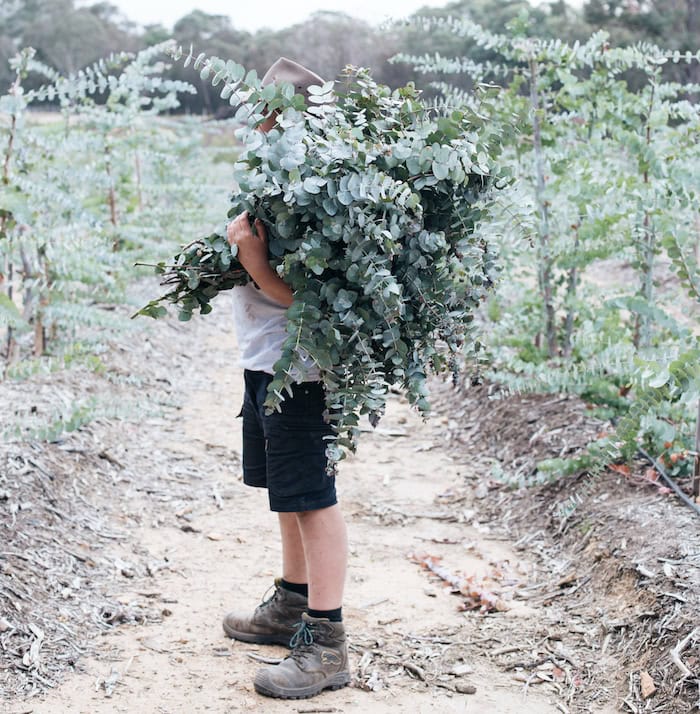
“We had to change where we were selling to. We were no longer doing a farmer’s market. There was a shift to online sales, and they have definitely increased. We focused on our marketing and changed our business to really showcase what we do, so that people could see that online.”
“Right from the beginning, even throughout COVID-19, we’ve always stuck with our core business values of being seasonal and local. Because that’s what we believe in. There’s been a new awareness of the importance of local product in the industry, and hopefully people will recognize that and support the local flower industry in the future.”
Floral fast facts
In 2017-18, the value of Australian cut flower production was estimated at $281 million, while the local wholesale value of the fresh supply was estimated at $376 million
In 2017-18, imported cut flowers and foliage were estimated to form 22 per cent of Australia’s cut flower consumption
NSW has the second largest total growing area for fresh cut flowers in Australia, primarily in the Central Coast and Northern Rivers regions
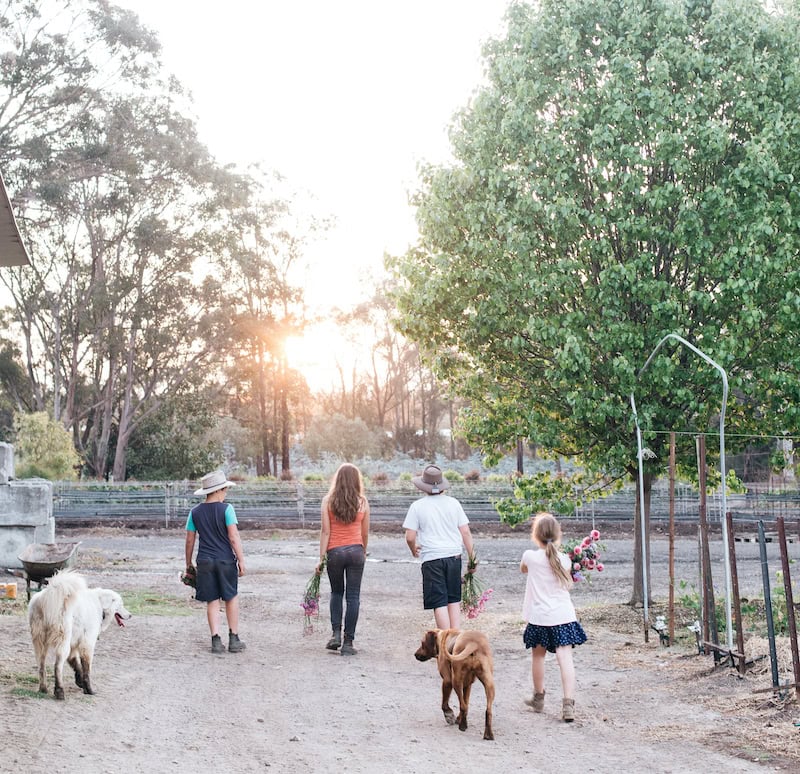


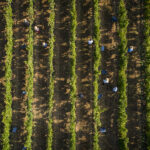
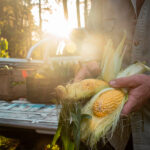
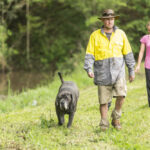


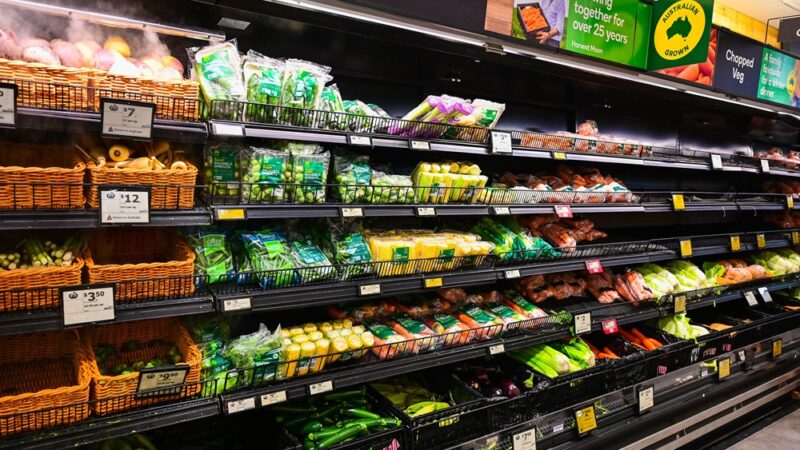

One thought on “The flower industry is blossoming”